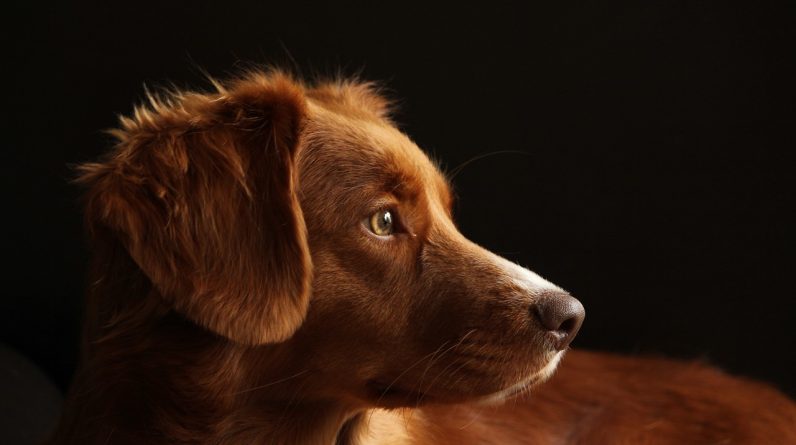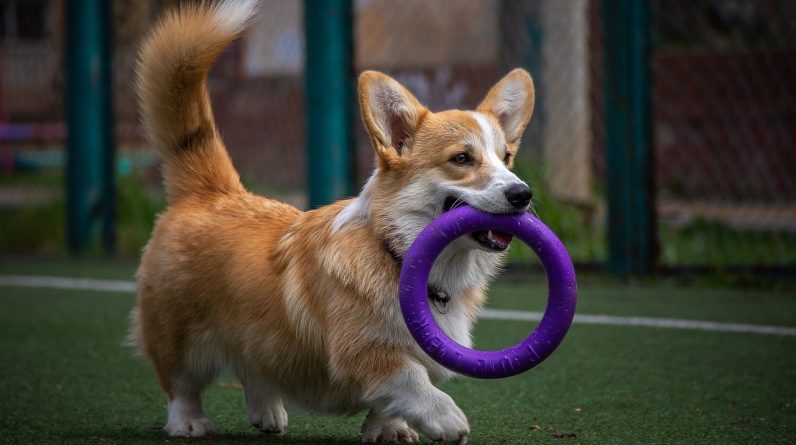There are things you can begin doing today to assist your dog who hesitates of fireworks.
Is your canine frightened of fireworks? Do not wait till the vacation strikes. Even with simply a couple days’lead time, you can make a strategy and act now to help your canine be less afraid of the unpredictable scary sounds of fireworks, firecrackers, whistles, and even guns.
Prepare yourself
Here are some things you can do starting today or tomorrow.
1. Check into medications. If your canine gets very nervous about noises and you have actually never ever spoken to your veterinarian about it, do so now. He or she may have the ability to recommend something to help. And if you can’t get in before the holiday, do your finest with a few of the other ideas here to survive it and call your veterinarian as soon as you can. This is a long-lasting issue. Sound phobias tend to worsen and are not something to be taken lightly.
2. Countercondition to sounds. Get some excellent treats and start bring them around. Whenever there is anytype of abrupt or surprising sound, including stray bangs and booms as individuals evaluate their noisemakers, rain treats down on your pet. Utilize those unique treats onlyfor sounds; do not pass them out for good behavior (usage something else for that!), and do not ask for any specific behavior from your canine when the sound takes place. Simply give the special deals with.
You might wonder why I am not advising purchasing an app, CD, or YouTube video with fireworks sounds to “practice” with. Carrying out desensitization/counterconditioning with sounds is challenging. People who haven’t done DS/CC before run a real threat of frightening their canines even more instead of helping them. This is why I am suggesting this method, which uses ecological sounds that are taking place anyhow. It’s called ad hoc counterconditioning and there is proof from research studies that it works, including this study that is specific to fireworks. Conserve the formal training for after the vacation, when you can keep your canine safe from unintentional exposures to the sound.
3. Develop a safe place. Make (or adjust) a safe place for your pet. They may even pick their own! Avoid attempting to get them to come out or alter places, as long as it is safe. Remember that the flashes of light that come with big fireworks screens can be frightening too, so think about an approach to temporarily darken any windows nearby. Also, please know that acoustic foam and even sound blankets do not do a thing for booms. The huge fireworks sounds can’t be “soundproofed” versus except with materials that are much too huge and heavy to use inside many houses and are not do-it-yourself friendly. Get the very best protection you can in a basement or your most internal space. Regardless of the marketing claims, dog cages with walls a couple of inches thick can’t dampen low-frequency sounds to an efficient degree, either. The walls of your home are most likely five to ten inches thick and include insulation, but you can still hear thunder inside your house, right? However if a cage is your dog’s safe location, that’s fantastic. And a blanket over it can stifle echos and produce a cozy sensation for people and maybe canines. Here are some examples of safe places for canines.
4. Play sound or music. Explore sound masking to find out what is most valuable for your scenario. Attempt some type of tape-recorded white or brown noise, natural noise, a fan, or music to mask the pops and booms.( Even a loud food toy can be valuable. )This approach is evidence-based and is called sound masking.
And here’s a suggestion: the lower the frequencies consisted of in the masking or music, the better it can conceal those low-pitched booms (Kinsler et al., 1999, p. 318– 320; Gelfand, 2017, p. 187). So if your dogs are already habituated to pounding rock music, metal, or something else with a lot of bass or percussion, play it! And play it on your best stereo to consist of those low frequencies. It can mask a few of the scary sounds coming from outside your house better. Before anyone discusses it: that’s right, heavy metal has actually not ranked well in the dogs and music research studies, tending to make shelter pet dogs more agitated (Kogan et al., 2012). That’s not unexpected. But if you play it already and your canines are fine with it, they might be habituated. In that case, metal might be the very thing for you and your pet.
Taiko drumming is fantastic if your canines are accustomed to it. You can purchase a couple of tunes and loop them or find some on YouTube. But be absolutely specific that the music itself does not scare your pets initially. If they are currently sensitive to booms, it’s a likelihood.
Home appliances can help. A lot of fans struck fairly radio frequencies and can be handy. You can run the clothes dryer (no heat) with a pair of sports shoes in it for some booms that will most likely be familiar and not scary. You’ll need to find the line of best fit for your canines. And you can utilize several of these at the same time, once again, as long as it doesn’t scare your pet dog.
Evaluation studies indicate that music has just mild (or no) favorable effects on canines (Lindig et al., 2020). Also, all research studies up until now have actually been carried out in shelters. centers, and labs, not in homes, where there are competing activities and reinforcers. Review research studies have actually specifically indicated that there is no benefit to the “music scheduled family pets” items. So the proof supports picking music for masking qualities, not for any declared intrinsic relaxing qualities.
5. Practice going out. Make a prepare for taking your dog out to potty. Do you know when the noise is typically at its worst and can you work around that? Are your fences and/or leash and harness secure? If your dog is not utilized to being on-leash for bathroom time, begin practicing now, consisting of getting the harness on. Canines who are typically sedate may stress and run off on noisy holidays. Don’t let that happen. Keep your gates locked, your pet dogs’ ID tags on, and put some redundancy into your security system.
6. Convenience your pet dog if that assists. LOSE that idea that there’s something incorrect with comforting your dog, if that’s what your pet dog wants. Assisting a pet through a tough time is not “coddling.” Examine what is most helpful to your canine: a cuddle, food or a fun video game after every frightening noise, some lap time, sweet talk, being in their cage with a food toy, or hiding by themselves in a remote place. Then assist them do it. If they want to conceal, let them.
The very best part of noisy holidays for Summer was spray cheese! Lewis likes to be close to me when weird noises are heppening Check out more resources and suggestions on my page “You Can’t Strengthen Fear.”
Another great resource is this post by Val Hughes: My Pet Dog Fears Fireworks and Thunderstorms– What Should I Do To Help? Her short article has recommendations for both long- and short-term services.
Referrals
Gelfand, S. A. (2017 ). Hearing: An introduction to psychological and physiological acoustics. CRC Press.
Kinsler, L. E., Frey, A. R., Coppens, A. B., & Sanders, J. V. (2000 ). Fundamentals of acoustics. John Wiley & Sons.
Kogan, L. R., Schoenfeld-Tacher, R., & Simon, A. A. (2012 ). Behavioral effects of acoustic stimulation on kenneled pets. Journal of Veterinary Behavior, 7( 5 ), 268-275.
Lindig, A. M., McGreevy, P. D., & Crean, A. J. (2020 ). Musical canines: An evaluation of the influence of acoustic enrichment on canine health and habits. Animals, 10( 1 ), 127.
Riemer, S. (2020 ). Efficiency of treatments for firework fears in pets. Journal of veterinary behavior, 37, 61-70.
© Eileen Anderson 2015
Like this:
Like Filling …






